Found 764 results
Open Access
Article
19 September 2025Cutting Power Model for Material Identification during Helical Milling of Aerospace Stacks
Smart factories increasingly rely on real-time data to optimize manufacturing, yet machining operations, particularly in aerospace stack drilling, still face challenges such as low productivity and accelerated tool wear. While advanced CNC machines already capture rich process data, its full potential for real-time decision-making remains underexplored. This work introduces a novel approach that leverages machine learning (ML) to identify material layers and optimize cutting conditions during drilling (helical milling) of aluminum–titanium stacks. Unlike prior methods that require additional sensors or complex instrumentation, our approach uniquely utilizes only spindle power signals from the CNC machine. Data maps consisting of cutting coefficients are used to train ML models to reliably predict material transitions across multiple layers under a range of cutting conditions. The results demonstrate appropriate material identification in comparison to experiments, enabling significant improvements in the hole-making of aerospace stacks. This study contributes a scalable, sensor-free, and non-intrusive framework for smart machining, establishing a practical pathway for process optimization in aerospace manufacturing without disrupting existing shop-floor setups.
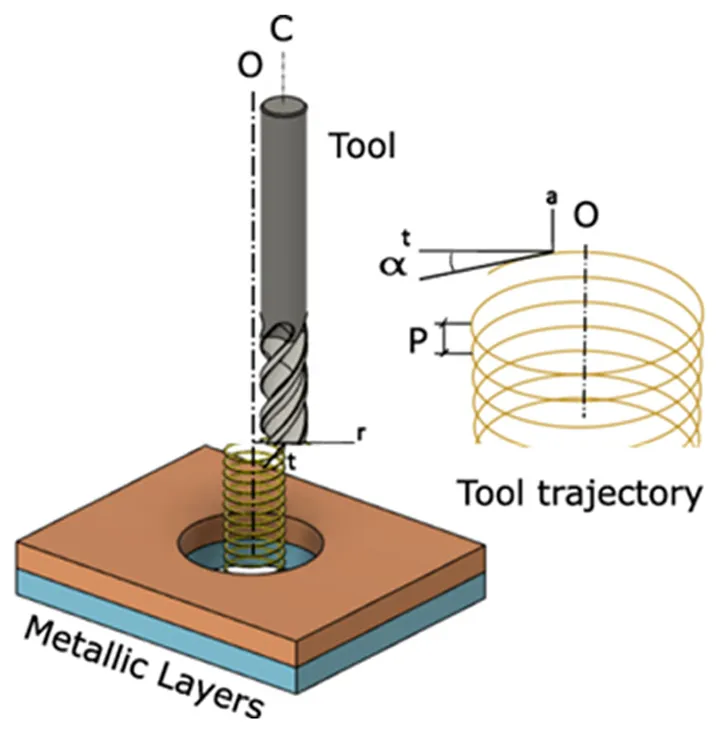
Open Access
Review
18 September 2025Programmable Multiplex Genome Editing: Innovations in CRISPR Effectors, crRNA Engineering, and Delivery Strategies
The discovery of CRISPR based technologies has transformed genome engineering and synthetic biology. With advancements in the ability to do multiplex genome editing, it is now emerging as an ideal approach for trait stacking to improve crops, functional genomics, and complex metabolic engineering in various biological systems. This review discusses engineering and optimization of the latest CRISPR effectors for scalable and precise multiplex editing, ranging from well-known systems like Cas9 and Cas12 variants, to newer, smaller variants such as CasMINI, Cas12j2, and Cas12k. We highlight how the emergence of base editors and prime editors enabled efficient editing across multiple loci without double strand breaks. We also elaborate on the expression and processing strategies of crRNA arrays, which are central to any multiplexing approach. These include tRNA-based and ribozyme-mediated methods, synthetic modular designs, and AI-optimized guide RNAs tailored to diverse systems. Additionally, we assess next-generation delivery platforms such as lipid nanoparticles, virus-like particles, and metal-organic frameworks that overcome conventional barriers in in vivo applications. This review provides a critical take on technological advances enabling precise, high-throughput, and programmable multiplex genome editing across biological systems, setting the foundation for future innovations in synthetic biology, crop improvement, and therapeutic intervention in multigene diseases.
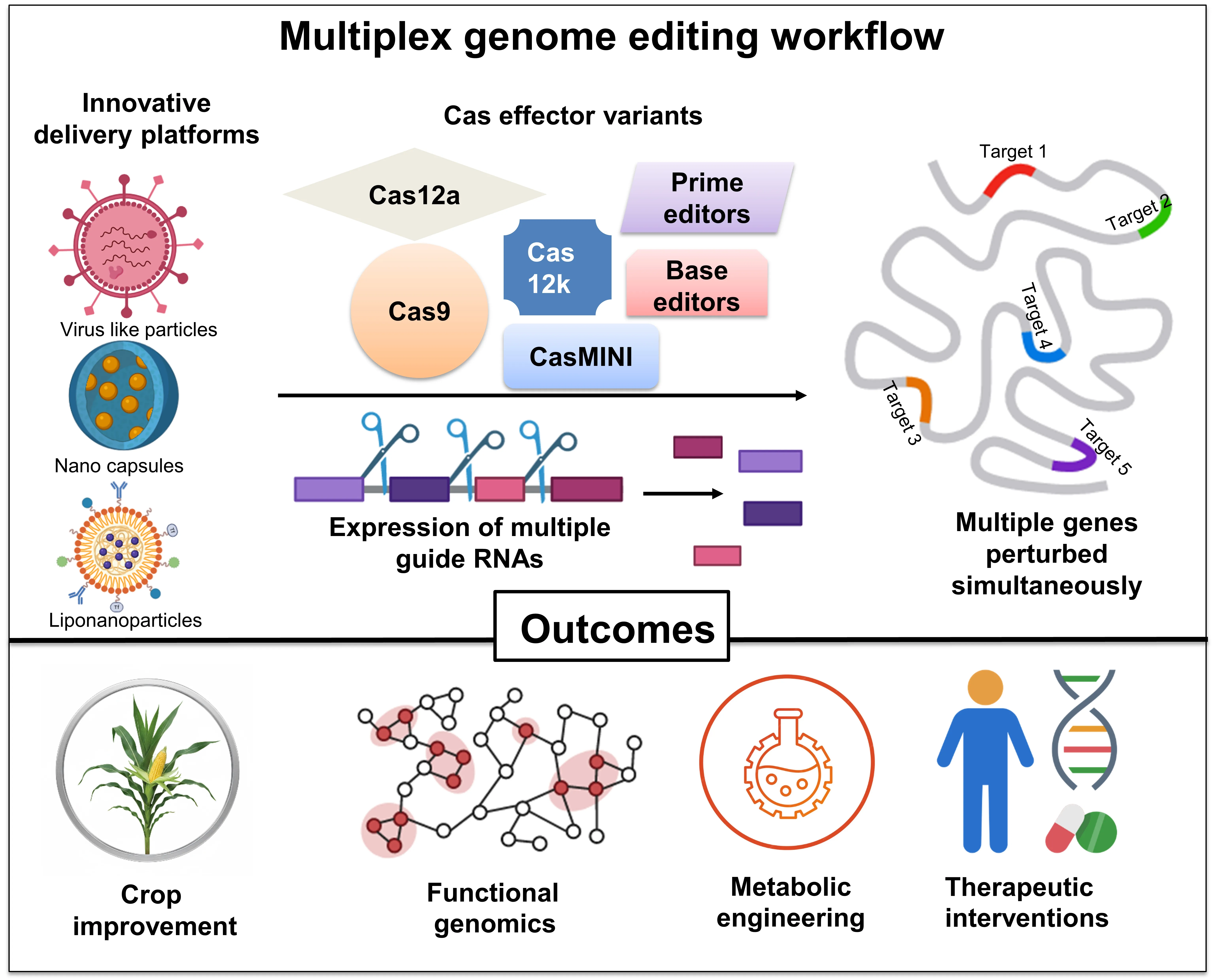
Open Access
Article
17 September 2025A Quadrotor Simulation and Research Platform
The quadrotor is an underactuated, nonlinear system that presents significant challenges in both modeling and control design. This work develops a decoupled control framework based on the translational (Newtonian) and rotational (Eulerian) dynamics of the quadrotor. A Linear Quadratic Gaussian (LQG) regulator is implemented for control, with two extended Kalman filters employed for state estimation in the respective dynamic subsystems. The full design process, from dynamic modeling to flight simulation presented in detail. Key elements include nonlinear simulation, model linearization, state-space representation, feedforward compensation, Linear Quadratic Regulator (LQR) gain tuning, actuator dynamics, sensor noise, LQG design, and extended Kalman filter. The limitations of applying linear control to a nonlinear system are also presented.

Open Access
Article
17 September 2025An Approach to Simulation & Navigation of Autonomous Unmanned Aerial Vehicle in 3D
Drone simulation refers to the emulation of Unmanned Aerial Vehicles (UAVs) in a virtual environment, replicating real-world conditions to study and test the behavior, performance, and functionalities of drones. This paper explores the simulation of UAVs in the Unreal Engine environment using MAVProxy (Micro Air Vehicle Proxy) and the Python library DroneKit. By leveraging the computational capabilities of computers, this approach enables precise visualization and control of UAV flight dynamics in three dimensions. The use of Blueprints in Unreal Engine facilitates a cost-effective and accessible simulation process, allowing engineers and scientists to refine their UAV designs before real-world deployment. Results show the applicability of this approach vs. different environments, where an alternative approach also emerges as a viable option for visualizing textured buildings. This approach shows the power of open-source collaboration in advancing innovative solutions in the dynamic field of science and technology.
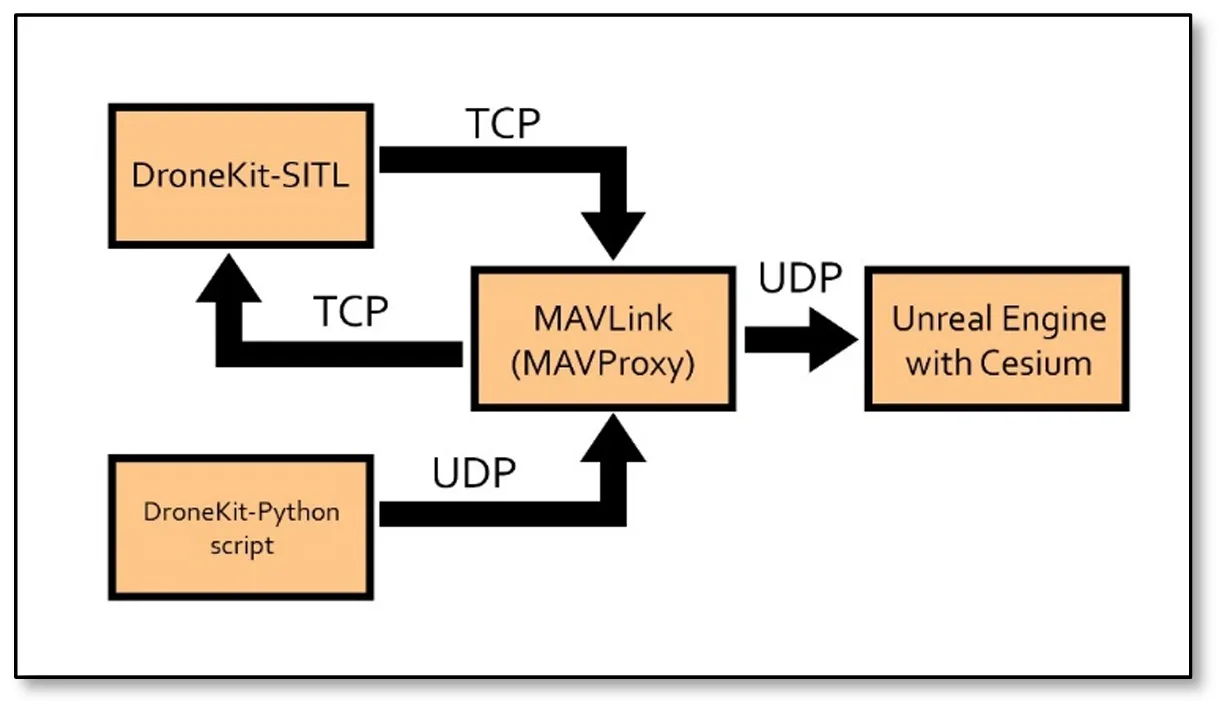
Open Access
Article
17 September 2025Carbon Emission Rights as a New Form of Usufructuary Right
The debate surrounding the legal nature of carbon emission rights arises from the tension between their dual characteristics of public and private law, which challenges traditional property rights theory. This tension has led to conflicts regarding the effectiveness of legal frameworks, fragmented regulations, and a crisis of institutional trust within the carbon market. Carbon emission rights should be redefined as a novel form of usufructuary right, with ecological capacity resources—owned by the state—serving as the object. These rights are realized through digitalization and specificity enabled by blockchain technology. Their powers and functions can be understood as twofold: the power of quota control, which falls under public law constraints, and the power of ecological benefits, which exists within private law autonomy. The former limits the boundaries of private rights by ecological thresholds, while the latter translates ecological value into non-possession benefits. To address these issues, a “two-stage governance” system can be established through a dynamic interpretation of Article 329 of the Civil Code of the People’s Republic of China (2020), creating a registration system and enacting specialized legislation for Carbon Emission Rights Trading. By conceptualizing carbon emission rights as a new type of usufructuary right, the contradictions between public and private law can be reconciled, enabling the transition of the carbon market from a policy-driven to a rights- and law-based operation.
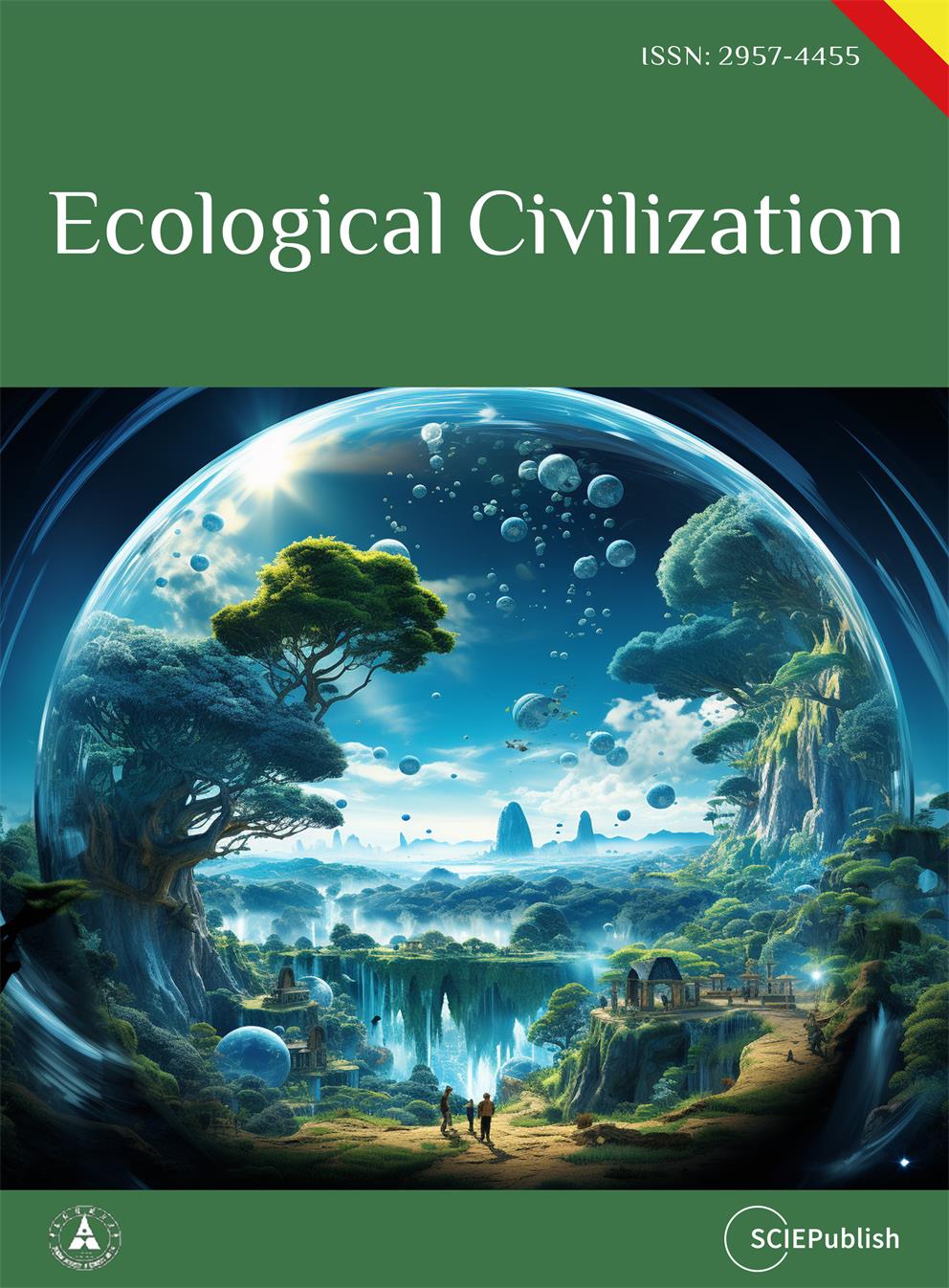
Open Access
Article
17 September 2025Environmental Management Based (EMB) on Local Wisdom for Sustainable Utilization of Natural Resources in the Environmental Rescue Movement (ERM) in Villages, South Konawe, Indonesia
This study uses a qualitative approach with a case study strategy in four villages in South Konawe Regency, Indonesia, to explore environmental management practices based on local wisdom with the Building Village Index (BVI) instrument, which includes social, economic, and environmental resilience dimensions. The study results show that local wisdom, such as traditional planting patterns, customary law, and water and natural resource management through traditional rituals, play a significant role in maintaining the balance of the village ecosystem while strengthening cultural identity. The integration of local wisdom with appropriate technology has been proven to increase ecological awareness, strengthen social solidarity, and support equitable distribution of resources, although improvements in waste and energy governance are still needed. Theoretically, these findings enrich the literature on village resilience based on local wisdom, while practically providing evidence-based policy recommendations to strengthen ecological conservation and sustainable village development.
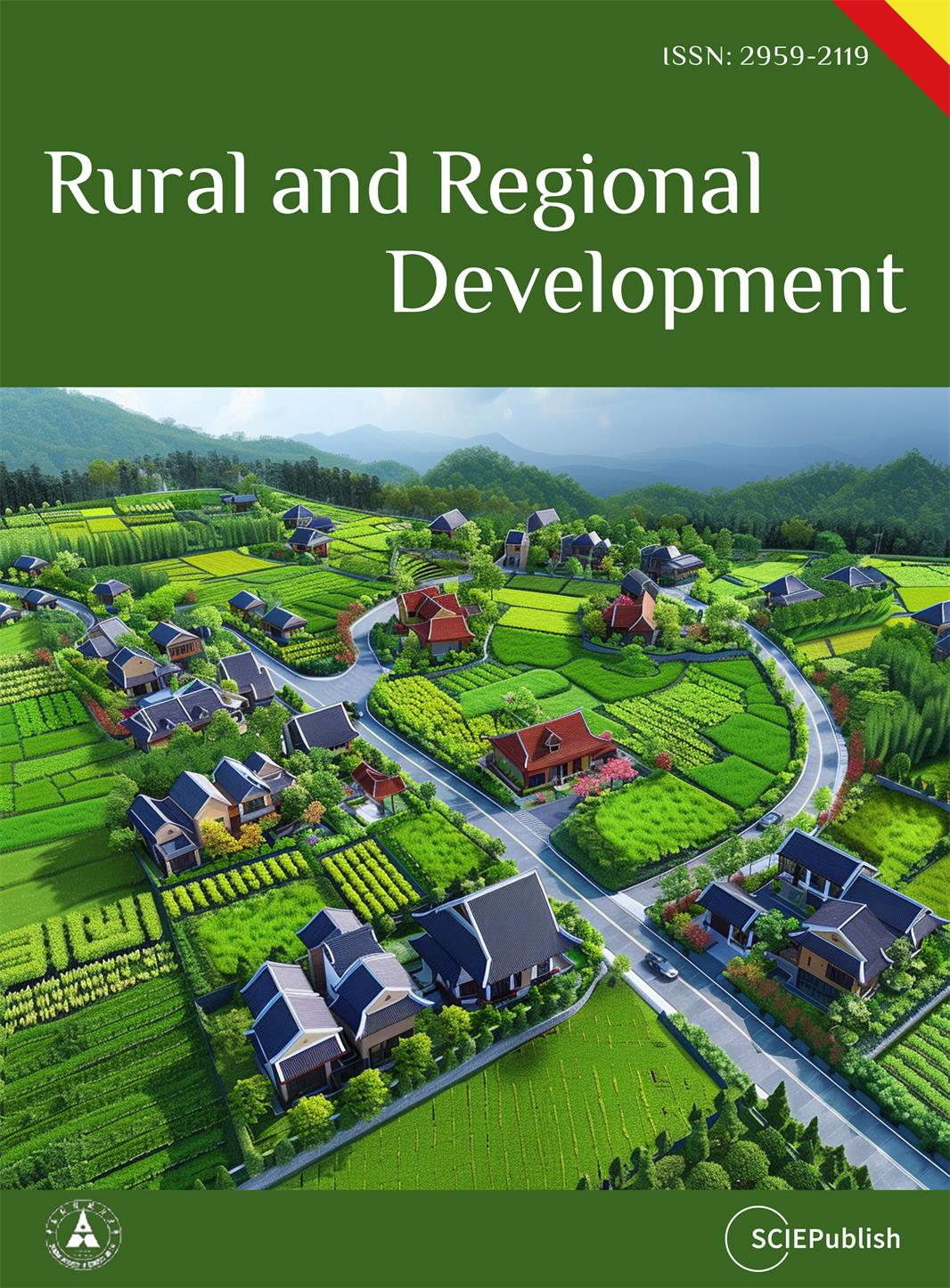
Open Access
Commentary
17 September 2025Shades of Grey: A Continuum of Biodiversity Understanding from Dark to Bright Diversity
This commentary introduces a conceptual framework that reinterprets biodiversity assessment as a continuum, spanning from Dark diversity, representing the unobserved or uncolonized potential of species ecologically suited to a system, to Bright diversity, conceived as an aspirational, fully integrated upper bound of biodiversity knowledge. Bright diversity encompasses not only observed components and their intricate interactions, but also a profound understanding of the reasons for species' presence or absence, including the inferred insights from Dark diversity across taxonomic, functional, phylogenetic, and genetic facets. Situated in between is Grey diversity, which characterizes the predominant state of partial knowledge and inherent uncertainty in real-world ecological assessments as an epistemic gradient. By delineating this epistemological gradient, the framework offers a heuristic tool for ecologists and conservationists to critically evaluate the clarity, completeness, and uncertainty embedded in biodiversity data, and an operational basis for “epistemic cartography”, i.e., the spatial mapping of knowledge sufficiency and uncertainty. It facilitates the identification of knowledge gaps, guides research priorities, and informs conservation actions, especially under conditions of incomplete information, through a compact workflow and transparent indicators. This conceptual spectrum serves as both an epistemological reflection and a practical guide for advancing biodiversity science, while outlining a forward-looking agenda that leverages multi-faceted “bands of biodiversity knowledge” to support robust biodiversity planning.
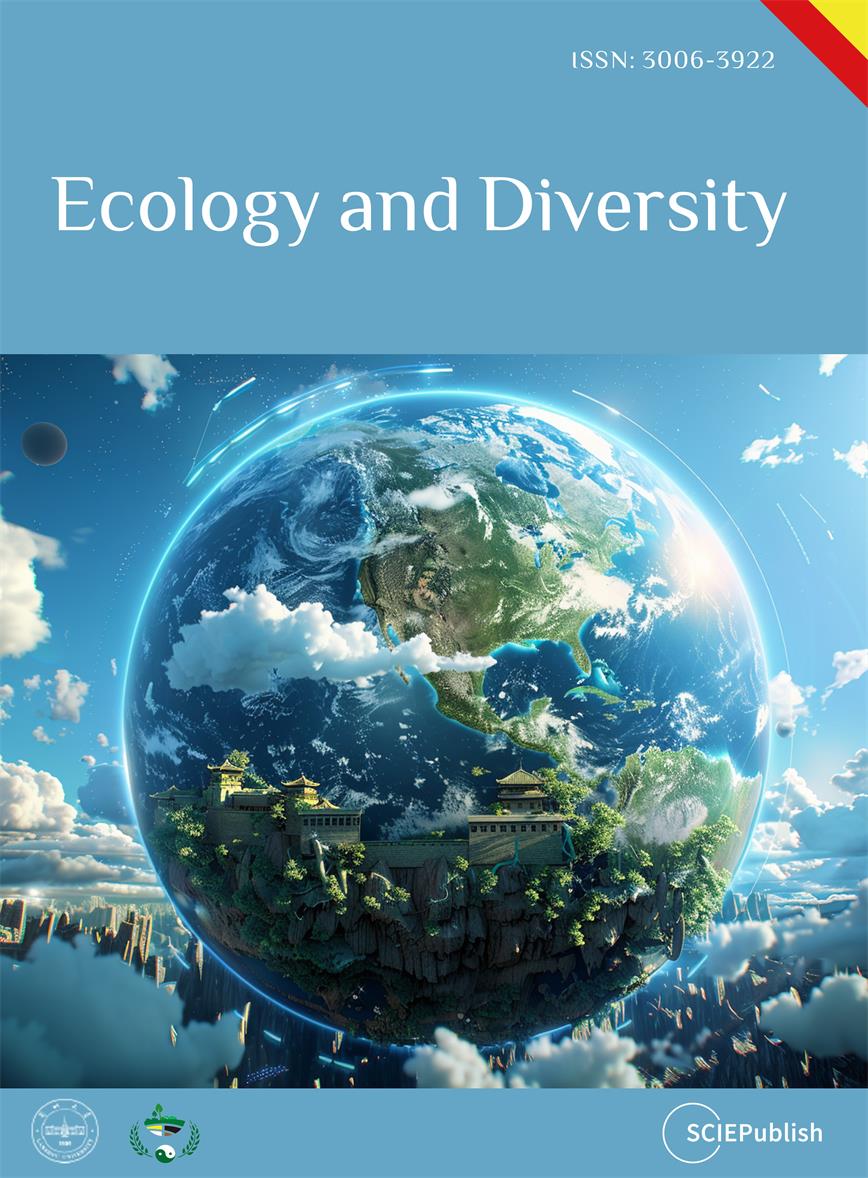
Open Access
Article
16 September 2025The Relationship between Quarter-Life Crisis and Psychological Well-Being among Undergraduates in Nigeria: Gender as a Moderator and Perceived Stress as a Mediator
The transition to adulthood is often marked by identity struggles, commonly conceptualised as a quarter-life crisis (QLC), leading to poorer psychological well-being. This study examined the mediating role of perceived stress in the relationship between QLC and psychological well-being, and whether this indirect effect is moderated by gender. A cross-sectional survey of 301 Nigerian university students (158 males, 141 females) completed the self-report Developmental Crisis Questionnaire, Psychological well-being Scale and Perceived Stress Scale. Data was analysed using Hayes’ PROCESS macro (Models 4 and 7). Results showed that QLC negatively predicted Psychological wellbeing (β = –0.34, p < 0.01) and positively predicted perceived stress (β = 0.21, p < 0.01). While there was no significant direct effect of QLC on PWB, there was a significant indirect effect through perceived stress (β = −0.07, 95% CI [−0.308, −0.051]), supporting evidence for mediation. Gender moderated the QLC–stress path (β = 0.10, p = 0.03). QLC predicted higher stress in females (β = 0.16, p < 0.001) but not in males (β = 0.06, p = 0.11). These findings highlight the gendered dynamics of QLC and underscore the importance of stress management, particularly among female students, in promoting psychological well-being during early adulthood.
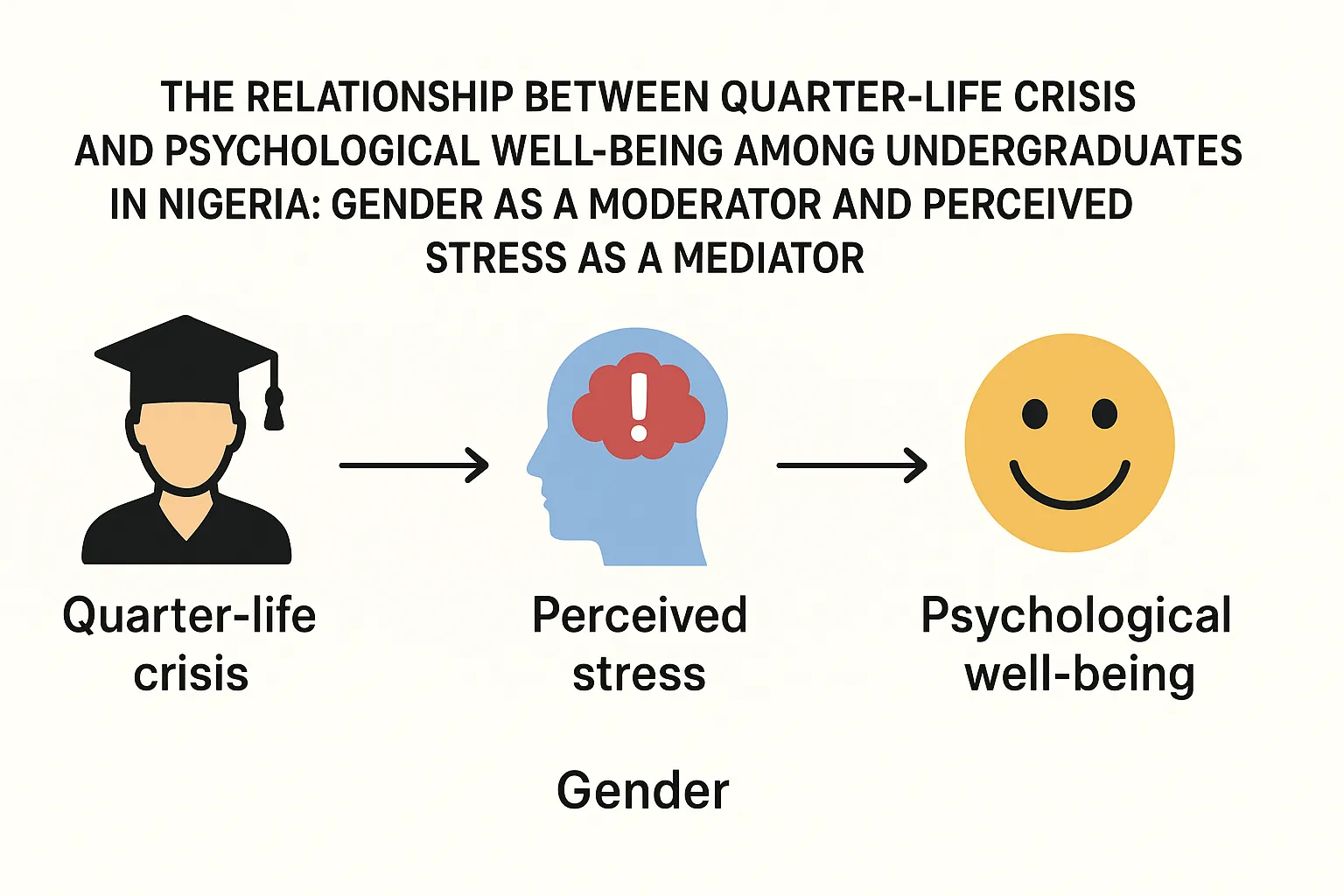
Open Access
Article
16 September 2025Forensic Psychology and Gender Violence from a Developmental Perspective: Developmental Trajectories in Victims and Aggressors
This article proposes a theoretical and empirical integration between forensic psychology and developmental theory to understand gender violence from a developmental perspective. From an interdisciplinary approach, the life trajectories of both victims and perpetrators are analyzed, taking into account individual, family, and social factors that shape their vulnerability and persistence in contexts of violence. Key explanatory models of criminal behavior—such as social learning theory, moral development, and distorted cognitive schemas—are reviewed, as well as the psychopathological consequences of chronic trauma, including complex post-traumatic stress disorder and learned helplessness. Trajectory analysis shows that childhood and adolescence represent critical stages where multiple risk factors converge: neglect, exposure to violence, dysfunctional attachment patterns, and coercive socialization. These elements are associated with an increased risk of victimization or aggression, and may become persistent if interventions are not implemented during critical developmental periods. Empirical data from longitudinal studies that corroborate the relationship between early adversity and later involvement in violent dynamics are presented, and paradigmatic cases are discussed from a forensic perspective. Finally, the implications of the developmental approach for intervention, expert assessment, and public policy formulation are highlighted. It advocates the implementation of programs differentiated by life stage, the strengthening of primary prevention, and the inclusion of biographical antecedents in forensic psychological reports. This model offers a more complex, contextualized, and transformative understanding of gender violence, with high practical value for clinical, legal, and social settings.
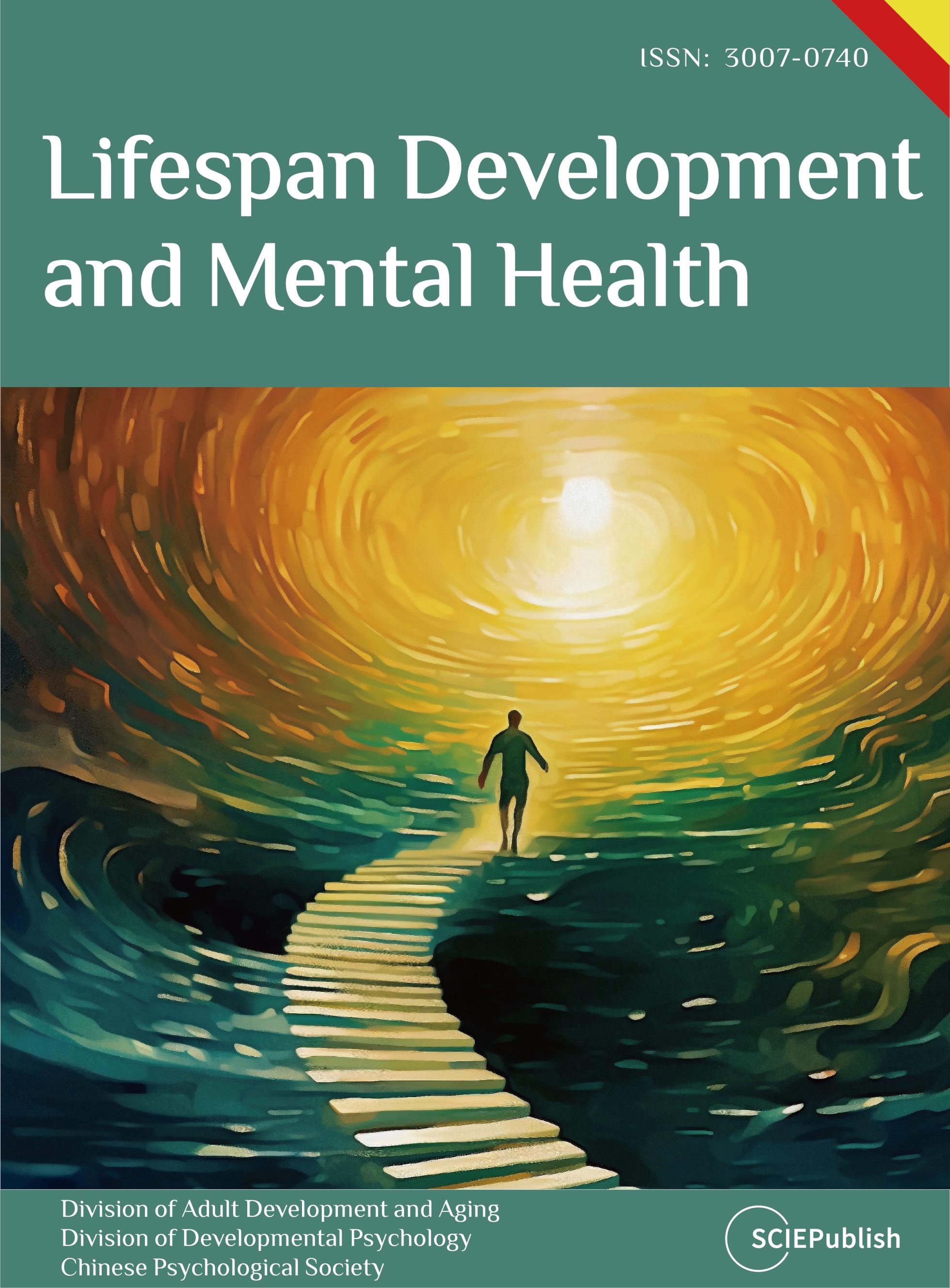
Open Access
Review
16 September 2025The Central Role of Cytokines in PTSD and Major Depressive Disorder: Mechanisms and Clinical Implications
Post-traumatic stress disorder (PTSD) and major depressive disorder (MDD) are debilitating psychiatric conditions that are frequently comorbid and linked to chronic immune dysregulation. Increasing evidence implicates cytokine-mediated inflammation in the pathophysiology of these disorders. Cytokines, key signaling molecules of the immune system, influence central nervous system (CNS) function by crossing the blood-brain barrier or signaling via neural routes, thereby affecting neuronal circuits involved in mood regulation and cognition. Elevated levels of pro-inflammatory cytokines—such as interleukin-1β (IL-1β), interleukin-6 (IL-6), tumor necrosis factor-alpha (TNF-α), and interferon-gamma (IFN-γ)—have been observed in both peripheral and central compartments of individuals with PTSD and MDD. These molecules contribute to microglial activation, synaptic remodeling, hippocampal atrophy, and altered neurotransmission. Furthermore, chemokines such as CXCL12 and CCL2 are implicated in stress-induced neuroplasticity impairments. Moderating factors, including genetic polymorphisms (e.g, FKBP5, CRP), early-life adversity, sex differences, and exposure type, influence individual vulnerability to immune-related neuropsychiatric outcomes. This review synthesizes current molecular and clinical evidence, highlighting how cytokine dysregulation bridges peripheral inflammation and CNS pathology. It also explores emerging therapeutic strategies targeting inflammatory pathways and discusses the promise of biomarker-based approaches and machine learning for patient stratification and personalized treatment.
